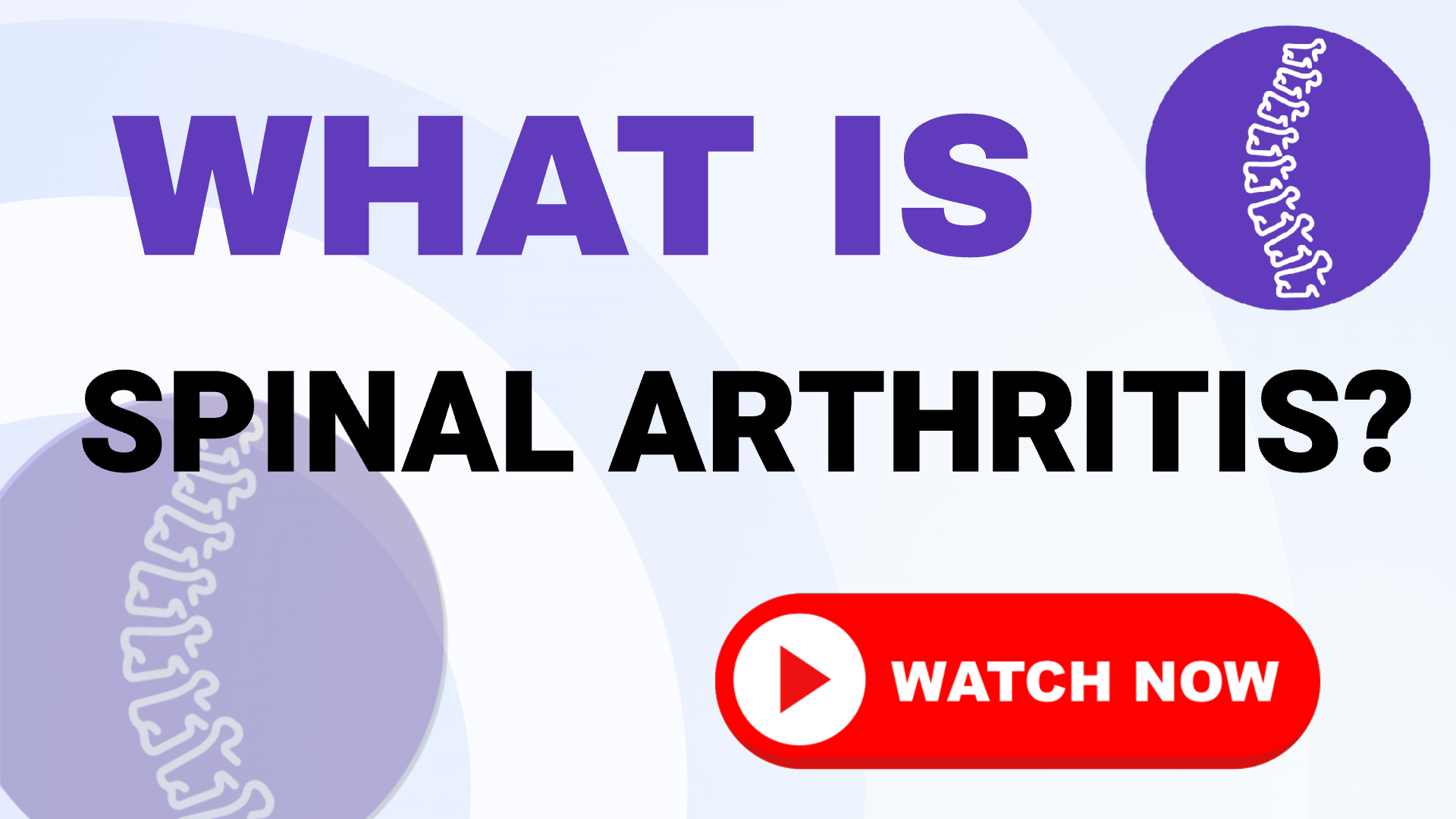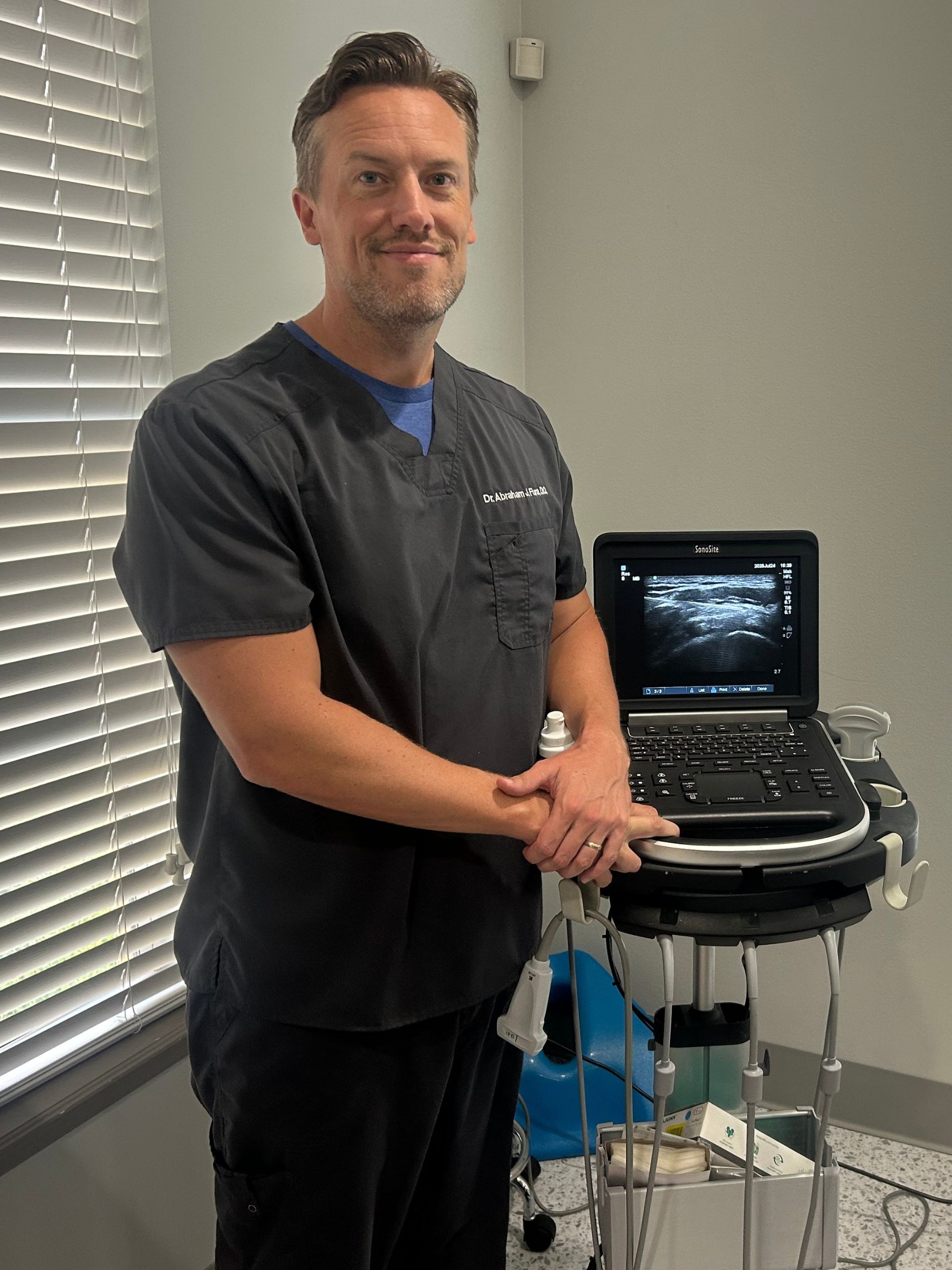
CONDITION OVERVIEW
Spondylosis is a general term for age-related wear and tear of the spine, essentially meaning **arthritis of the spine**. It's not a specific disease, but rather a description of the degenerative changes that occur over time, such as the breakdown of spinal discs and the development of arthritis in the facet joints. While these changes are a natural part of aging and are often found on X-rays of people with no pain, spondylosis can become symptomatic when it leads to stiffness, inflammation, or compression of spinal nerves.

ROOT CAUSES
Spondylosis is a result of the lifelong stress placed on our spines. The process involves the gradual breakdown of the spine's key structures, driven primarily by aging.
The process often begins as discs lose hydration and shrink. This reduces the cushion between vertebrae, a core component of spondylosis.
As discs thin, extra pressure is transferred to the small facet joints, causing their cartilage to wear down and leading to bone-on-bone friction.
To stabilize the degenerating spine, the body may grow extra bone called osteophytes (bone spurs), which can narrow the spaces for your nerves.
The ligaments that support the spine can thicken and lose flexibility with age, contributing to overall stiffness and reduced range of motion.

RECOGNIZING THE SIGNS
Many people with spondylosis have no symptoms. When they do occur, they depend on the location and severity of the degeneration and whether nerves are being affected.
The most common symptom is a dull, aching pain and stiffness in the neck or lower back, often worse in the morning and at the end of the day.
Pain that flares up with activities that load the spine, such as prolonged standing, lifting, bending backward, or twisting.
If bone spurs or a degenerated disc press on a nerve, it can cause radiating pain, numbness, or weakness in the arms or legs (radiculopathy).
A grinding, grating, or popping sensation (crepitus) may be felt in the neck or back during movement as arthritic joints rub together.
With cervical spondylosis, irritation of the upper neck joints can cause cervicogenic headaches that start at the base of the skull and wrap around the head.
If the degeneration narrows the spinal canal, it can cause pain, cramping, or heaviness in the legs with walking that is relieved by sitting down.
Spondylosis is a natural part of aging, but living with chronic pain and stiffness doesn't have to be. An accurate diagnosis to identify which specific structures are causing your symptoms is the key to an effective management plan. Contact us to learn how you can manage your spinal arthritis and improve your quality of life.